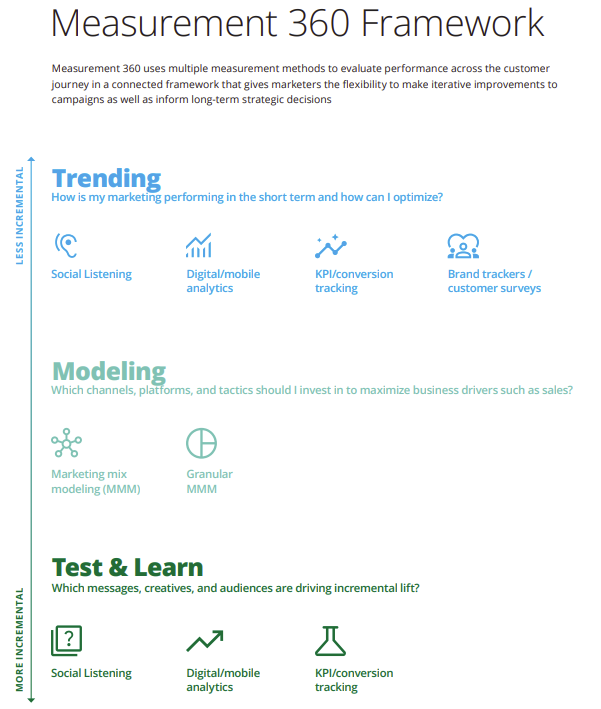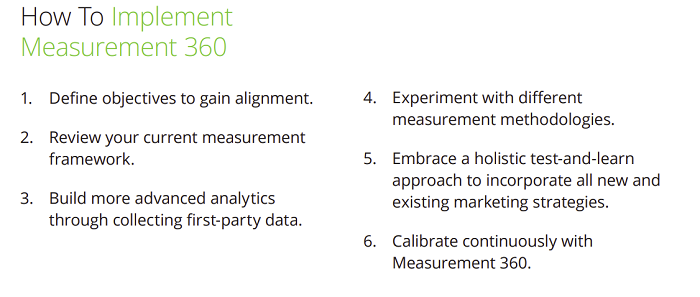With the marketing landscape undergoing major changes in 2022 – including increased data restrictions, the shift away from traditional social to more entertainment-focused mediums, economic downturn, the rise of eCommerce etc. – many businesses have been forced to reassess their marketing spend, and re-consider the fundamentals of their promotional approach.
Which is where this new guide from Meta comes in. Working with Deloitte, Meta has established a new ‘Measurement 360’ framework, which provides a new way to look at campaign measurement, in alignment with these new trends.
As explained by Meta:
“Measurement 360 is a measurement framework that helps advertisers utilize multiple best-in-class measurement solutions in tandem to track all components of a marketing strategy. Each tool is intentionally selected to address a specific need, providing both flexibility and transparency. Through Measurement 360, marketers can gain a holistic view of the customer journey in an agile, privacy-safe way and figure out if (and how) their strategies are actually working.”
The full framework is outlined in a 15-page guide, which you can download here, but in this post, we’ll take a look at the key points of the approach.
In essence, the Measurement 360 framework incorporates analytics tools to provide a better overview of the full scope of your marketing plan, in order to identify and iterate on successes.

That, in itself, isn’t revolutionary. It’s 2022 – if you’re not utilizing the various measurement and analytics options available to you, then you definitely are missing out, and have been for some time.
But where this new approach takes shape is in the detail, with the full overview outlining key elements in measurement changes and experimentation.

With, really, this being the key note:
“To future-proof strategy, advertisers who previously relied more on third-party data must lean into first-party data wherever possible and design new strategies and systems that enable privacy by design. This will require breaking down silos within organizations, such as tighter integration between IT and Marketing, to connect data collection to measurement and campaign activation.”
Apple’s ATT update has restricted the amount of audience data available, and if you’re not already, now is the time to start investigating alternative data collection and tracking models, in order to ensure optimal marketing performance moving forward.
The guide provides some tips on this, while there are also helpful pointers on each specific element, which could get you thinking about how you build a more adaptive, flexible ad and campaign process, built on evolved data flows and systems – as opposed to relying on third-party targeting.
Really, that’s the key point. Changes in data tracking and collection mean that brands need to take more responsibility for their own processes, and more ownership over each element – or at the least, develop greater understanding of such, in order to optimize their systems.
A lot of this work could be handed off to the platforms over time, but as systems change, it’s important for marketers to understand the implications of such, and what it means for their process.
This guide provides some valuable notes on just that.
You can download the full ‘Measurement 360’ guide here.



